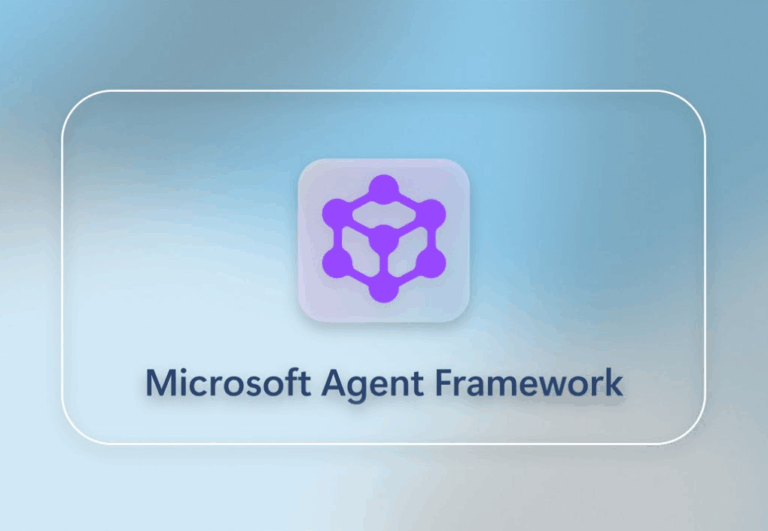Microsoft has introduced a preview of the Agent Framework, an open-source development kit available for .NET and Python. This new foundation for multi-agent systems is intended to combine the capabilities and advantages of Semantic Kernel and AutoGen. The platform supports various orchestration patterns and is built on well-known standards such as MCP and Agent2Agent.
Microsoft has made the Agent Framework the direct successor to Semantic Kernel and AutoGen. These two projects offered multiple possibilities for creating agentic systems, but were difficult to maintain side by side due to significant overlap. The new framework integrates enterprise-grade functionalities such as thread-based state management, type safety, and telemetry with abstractions for both single agents and multi-agent patterns.
According to Microsoft, developers asked for a combined platform that offers both innovation and stability, the supposed strengths of AutoGen and Semantic Kernel, respectively. In the new Agent Framework, agents can pause, resume, and recover from an interruption. The platform also includes built-in connectors to other IT solutions. YAML and JSON definitions enable declarative prompting, i.e., specifying what an agent should do without telling it how to do it. OpenTelemetry support also provides monitoring of this behavior.
Open standards at the core
An important aspect of the Agent Framework is its support for open standards. These are now established names, even though they are less than 12 months old. The platform works with MCP (Model Context Protocol), Agent-to-Agent (A2A), and OpenAPI. MCP allows agents to discover external tools and data sources, while A2A enables developers to build agents that work together. OpenAPI guarantees that agents can be transferred to other systems and are vendor-neutral.
Thanks to OpenAPI support, users can import any REST API that complies with OpenAPI specifications as a callable tool. Agents can run in containers, on-premises, or even spread across multiple clouds.
Five orchestration capabilities
The Agent Framework also offers various orchestration patterns. Sequential orchestration provides step-by-step workflows, while concurrent orchestration provides parallel processing. Group chat orchestration enables agents to collaborate, while handoff orchestration transfers responsibilities between agents. There is therefore much to experiment with in terms of the precise implementation of agentic AI within an organization.
In addition, Microsoft is introducing magnetic orchestration. Here, so-called manager agents build a task register that coordinates specialized agents and people to solve complex problems.
Successor to existing projects
Microsoft sees agents as “the next layer of application logic.” In other words: systems that reason about goals, invoke tools, collaborate, and adapt dynamically. The Agent Framework provides an open-source basis for this and consolidates what Microsoft has already built. As with its predecessors Semantic Kernel and AutoGen, Microsoft welcomes community contributions to this open-source project.
